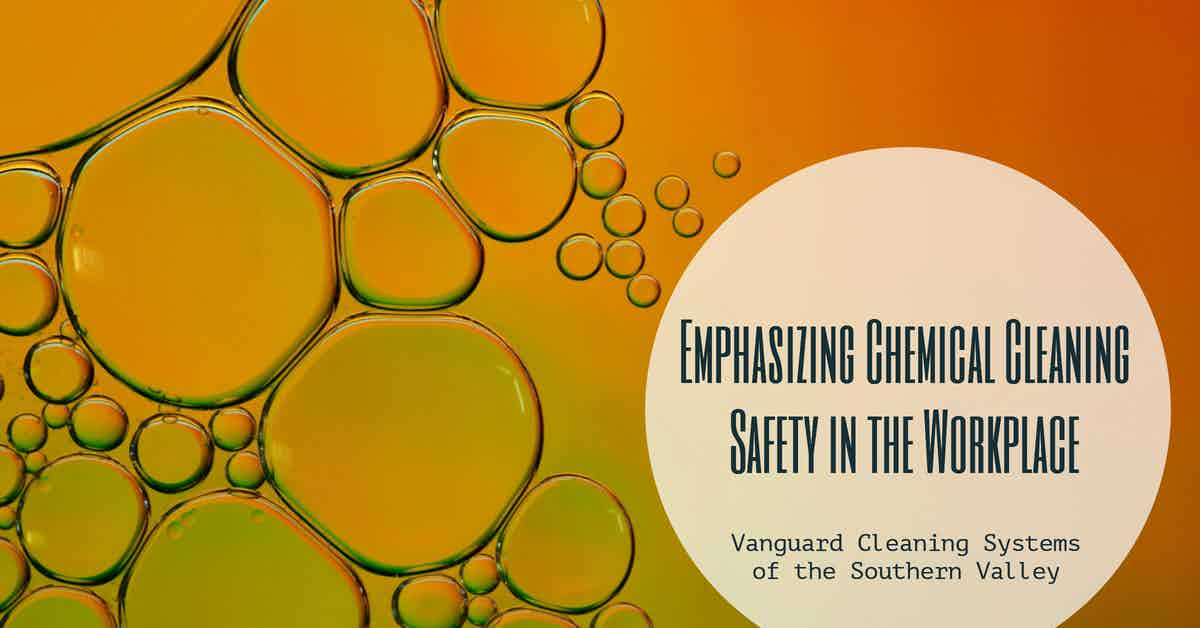Repeated incidents regarding the alleged improper use and handling of chemical cleaning agents at a Starbucks restaurant underline the importance of service provider training and supervision.

Cleaning Agent Mishandling Results in the Alleged Poisoning of Multiple Starbucks Customers
A recent story has surfaced via the New York Post detailing the alleged poisoning of one Matthew Mitchell of Connecticut after consuming a coffee possibly tainted with a cleaning agent commonly used in Starbucks brewers.
According to the Post's article, Mr. Mitchel suffered severe gastrointestinal issues, including nausea and diarrhea.
Further, this issue may not be the first time such an incident has occurred at a Starbucks restaurant--two similar issues appeared to have been reported in 2015, both of which resulted in lawsuits, though further details were not provided.
At the heart of the matter, Starbucks is accused of cutting corners in what appears to be a lapse in new employee supervision, a lackluster method for notifying staff that the brewers are in a maintenance cycle and should not be used, and a general failure in new employee training around toxic cleaning agents.
According to the Post;
Mitchell, of Fairfield County, ordered a hot black coffee at Starbucks Store 806 and received a cup with a lid that appeared to be the java he requested, the lawsuit alleges.
“However, after Mitchell took a gulp of the purported ‘coffee,’ which he swallowed, he realized that he had just ingested a then-unknown toxic substance,” the lawsuit reads.
The chemical immediately caused a “caustic, burning sensation” in Mitchell’s mouth, throat, and stomach, prompting him to become ill and cough incessantly the filing claims.
Mitchell then opened the lid and spotted the blue chemical solution “to his sheer horror” before suffering a severe dizzy spell and nausea, according to the lawsuit.
Mitchell alerted a Starbucks manager about his ordeal, who told him the goof was made by a “new employee” who didn’t realize a coffee brewer had been filled with the strong cleaning solution designed to dissolve the residue in them, the lawsuit alleges.
The manager also admitted to Mitchell that the only warning system in place not to serve from brewers containing the solution was an empty and upside-down cup placed upon it, according to the lawsuit.
Starbucks served man cleaning solution instead of black coffee: lawsuit
The Challenge of Chemical Cleaning and Disinfectant Exposure
Chemical cleaning and disinfectant exposure have challenged the janitorial industry for years.
According to ManagmeMen, prior to the COVID-19 pandemic, approximately 6% of janitorial workers in the U.S. (roughly 400K people) reported on-the-job injuries directly resulting from improper contact with chemical cleaning and disinfection agents.
According to the U.S. Centers for Disease Control and Prevention, calls to poison control hotlines increased by as much as 20% during the peak of the pandemic due to improper use and handling of cleaning and disinfection products, including:
- Ingestion.
- Applications to skin and food, and;
- Intentional inhalation.
According to Ben Walker, Chief Strategy Officer of ManageMen;
Cleaning chemicals can contain ingredients that can be harmful to users and others in surrounding areas if they aren’t used or stored properly.
As many as six percent of janitorial workers experience a job-related injury resulting from cleaning chemicals each year — that’s almost 400,000 people. These accidents are preventable; we want to equip workers with the knowledge they need to stay safe.
Further, per data cited by CleanLink;
The need for chemical safety training has grown during the pandemic, due to increased disinfection efforts to stop the spread of COVID-19.
In April, the Centers for Disease Control and Prevention reported that calls to poison control centers for exposures to both cleaners and disinfectants had increased by 20 percent.
Addressing Cleaning and Disinfectant Handling Challenges
There are several methods to address the challenges presented by the routine use and handling of toxic, potentially corrosive, cleaning and disinfection compounds.
The first step is to instill an attitude of safety-first in all actions.
Employees working with or around potentially toxic agents should be instructed to default to the safest action and always seek guidance if any questions regarding potentially hazardous situations are encountered.
Second, and essential to instilling a safety-first workplace, is to implement thorough and ongoing training programs that include stakeholders throughout the organization so as to ensure everyone understands potential safety hazards and signs and what to do if a potentially dangerous situation arises.
Further, proper handling, use, and disposal of any chemical compound should be drilled into each service provider.
Training should include precautions against the improper mixing or dilution of and overexposure to cleaning and disinfection chemicals and what to do in the event that any of those issues should be encountered.
Finally, everyone who handles cleaning and disinfection products should be required to read manufacturer-provided safety literature and labels and be able to identify where material safety data sheets are stored.
Takeaway
Improper handling of cleaning and disinfection agents by untrained staff members has a clear impact on workplace safety, workforce wellness, and customer health.
Commercial cleaning and disinfection products are toxic, corrosive, and can be deadly if used improperly.
Only trained and experienced service providers, preferably those certified by a recognized third party, should be allowed to use these products in the workplace, especially around others.
If you would like more information regarding the effectiveness of high-performance infection prevention and control measures, or if you would like to schedule a free, no-obligation on-site assessment of your facility's custodial needs, contact us today for a free quote!
In Bakersfield, CA, call (661) 437-3253
In Fresno, CA, call (559) 206-1059
In Valencia, CA, or Santa Clarita, CA, call (661) 437-3253
In Palmdale, CA or Lancaster, CA, call (661) 371-4756

